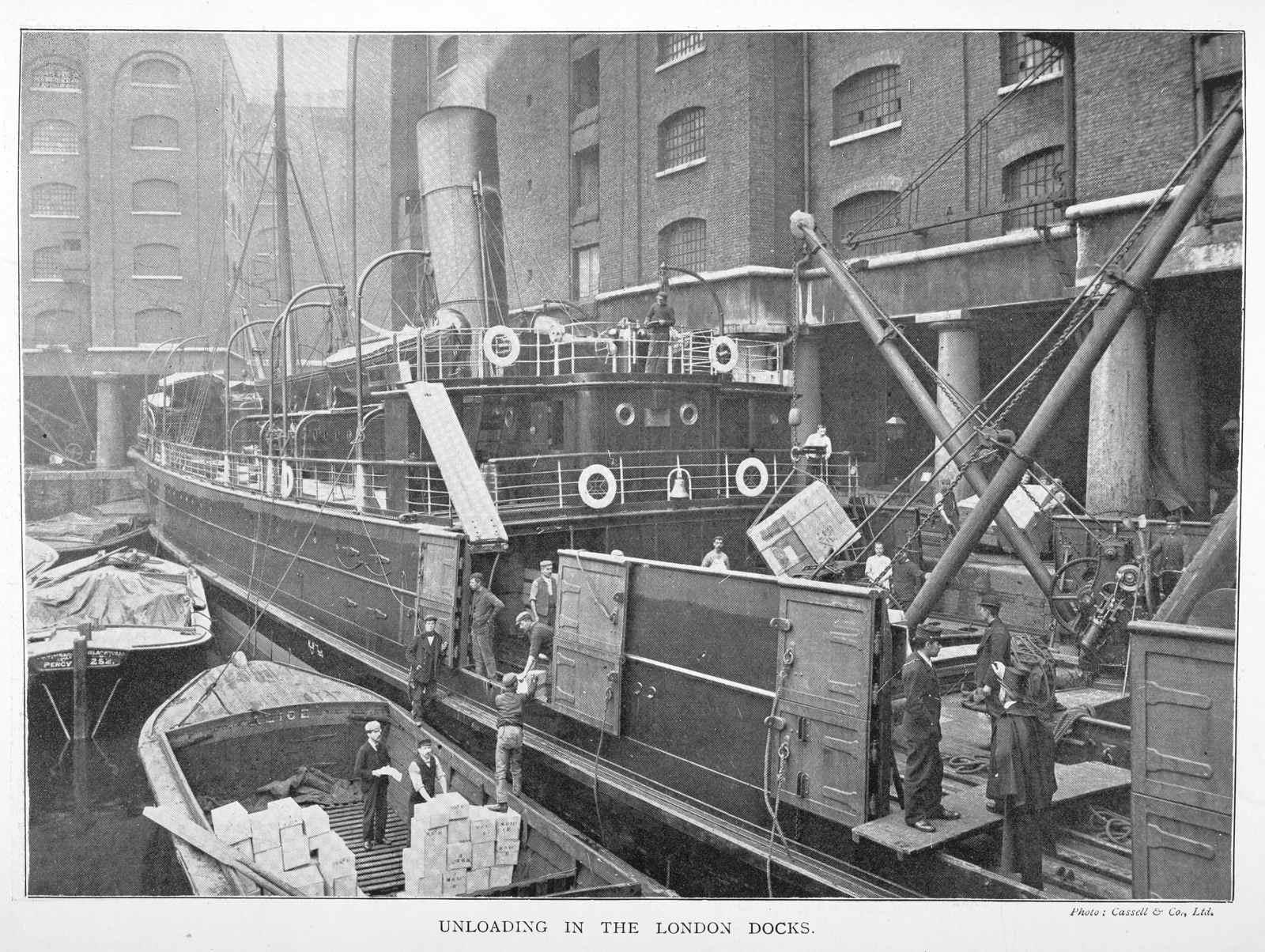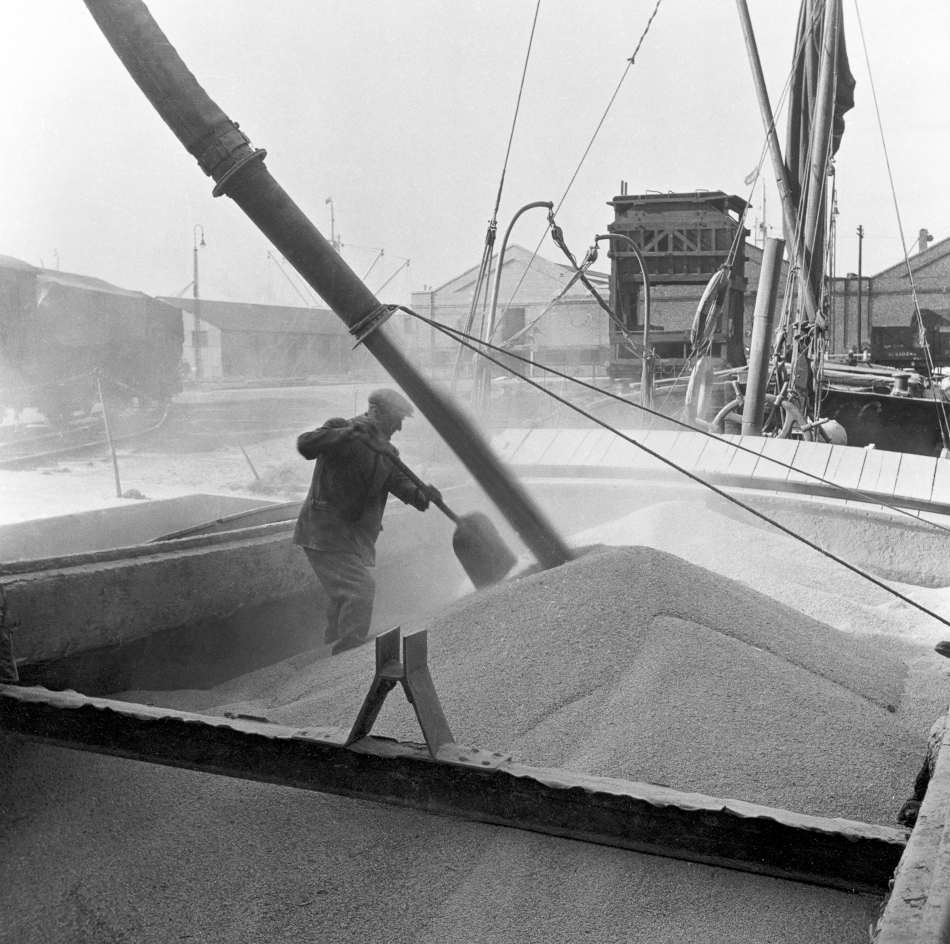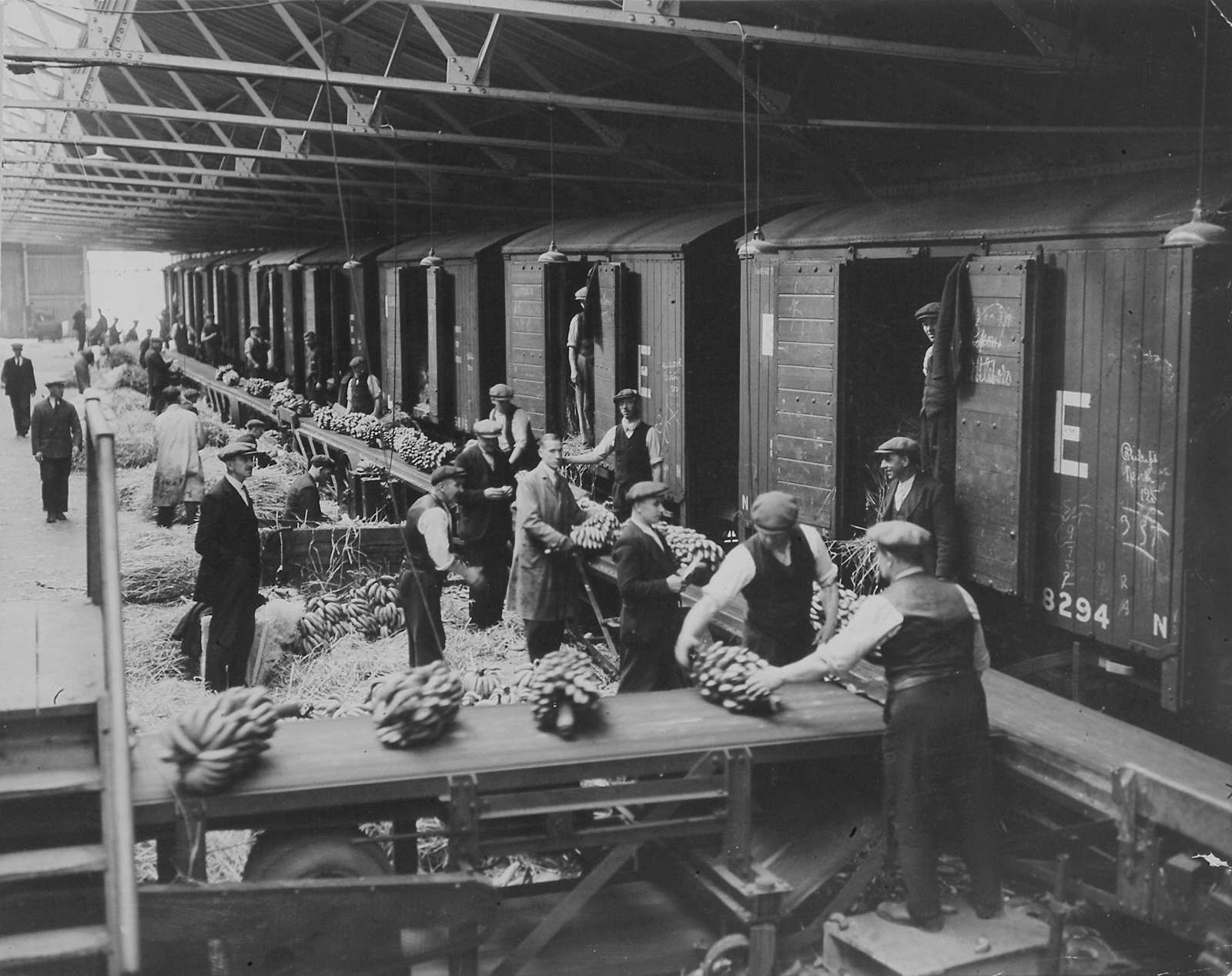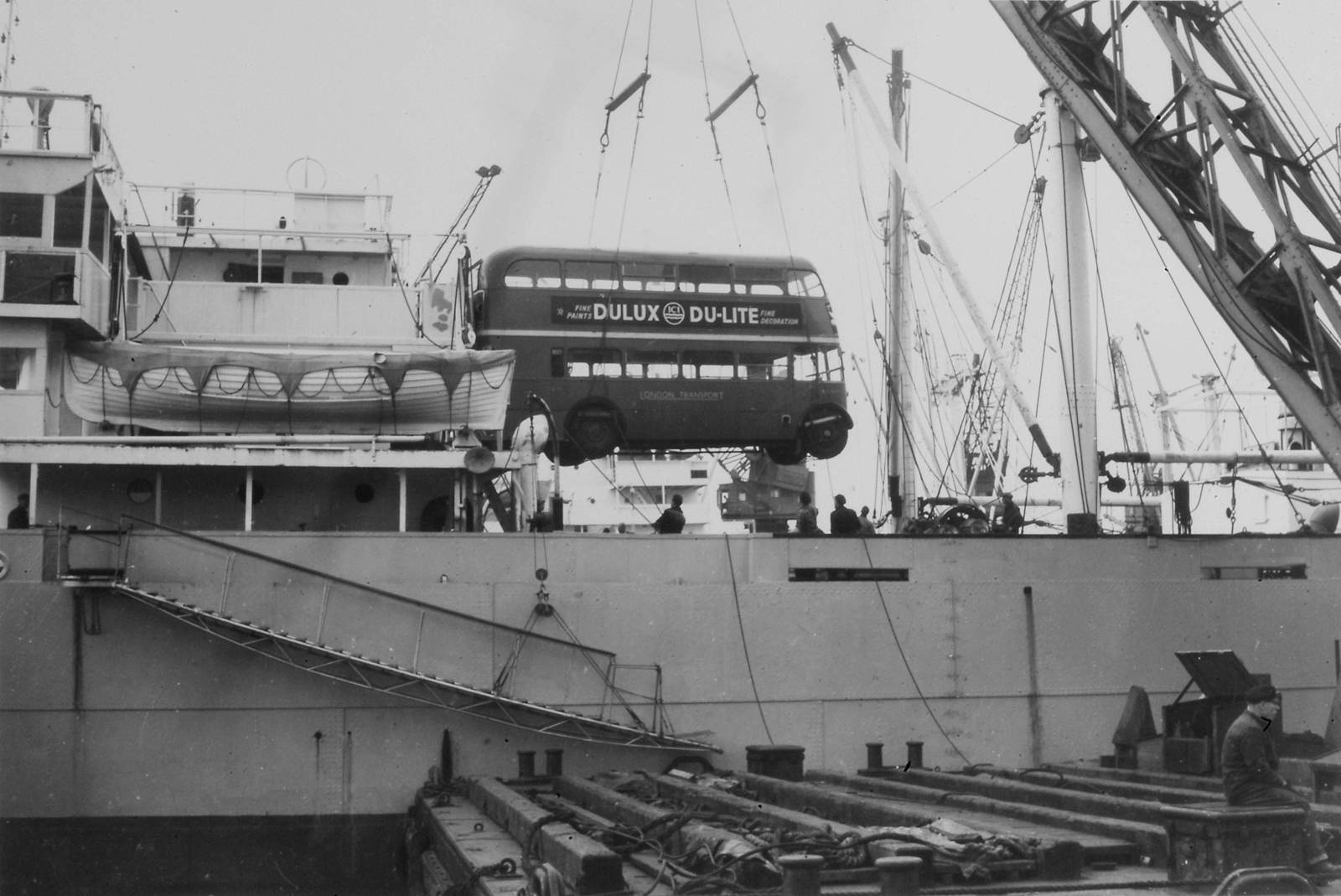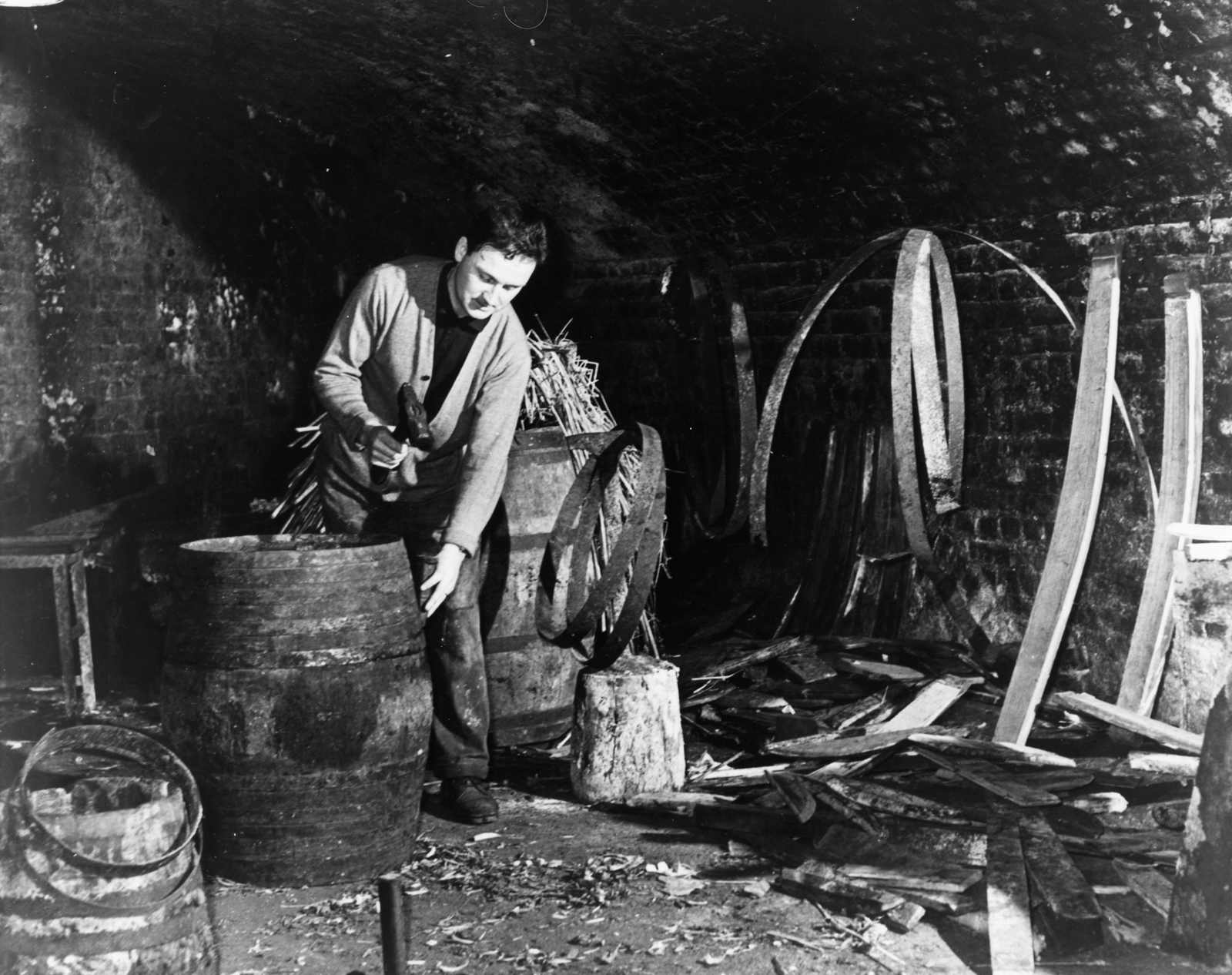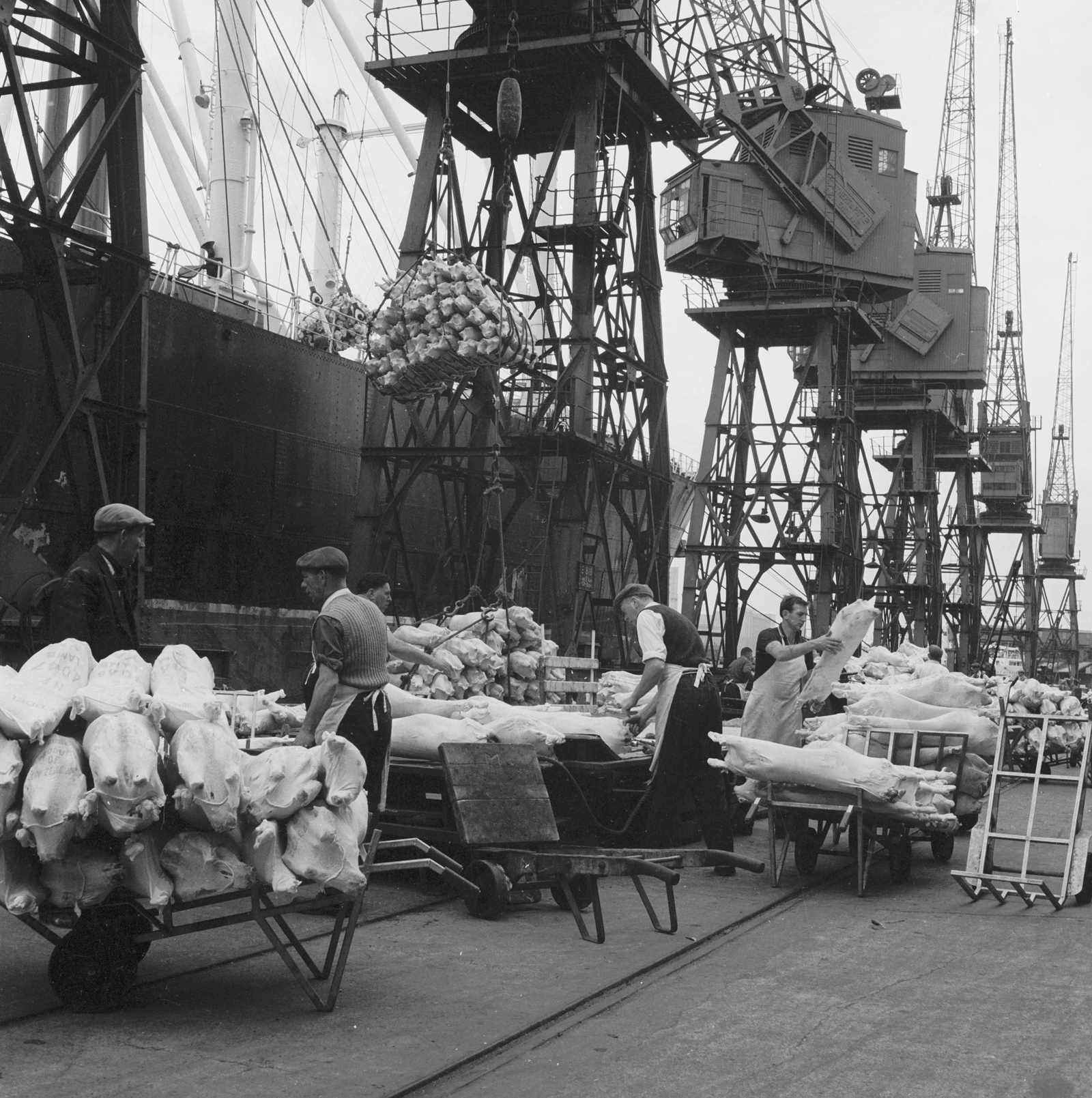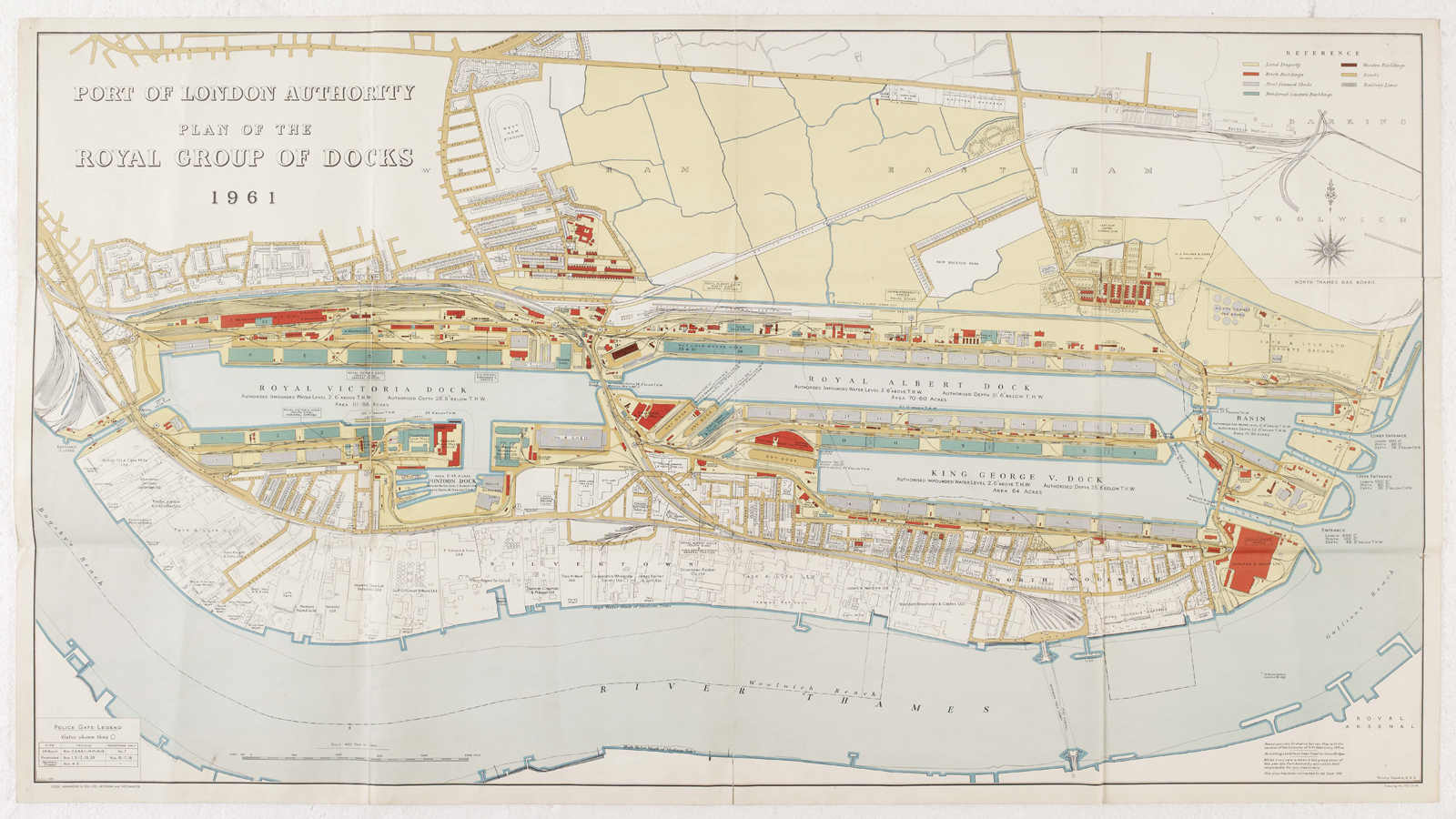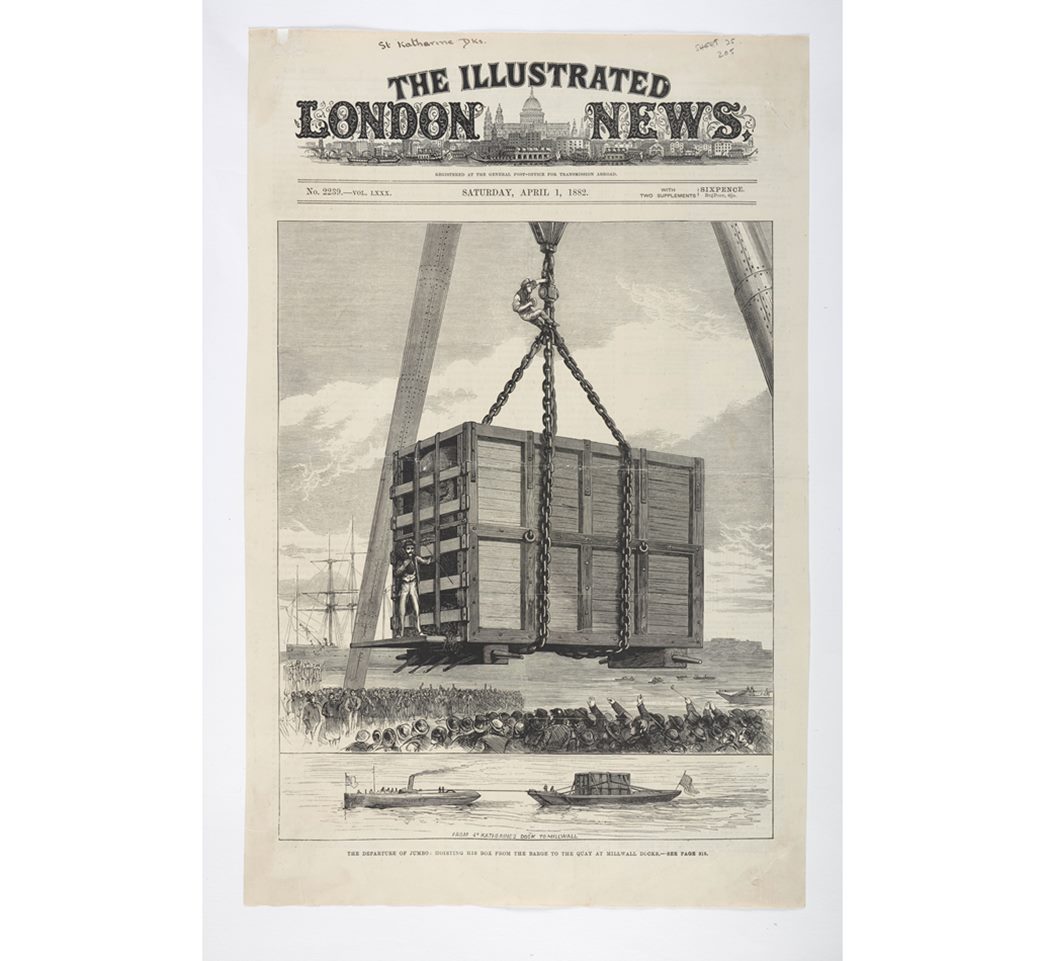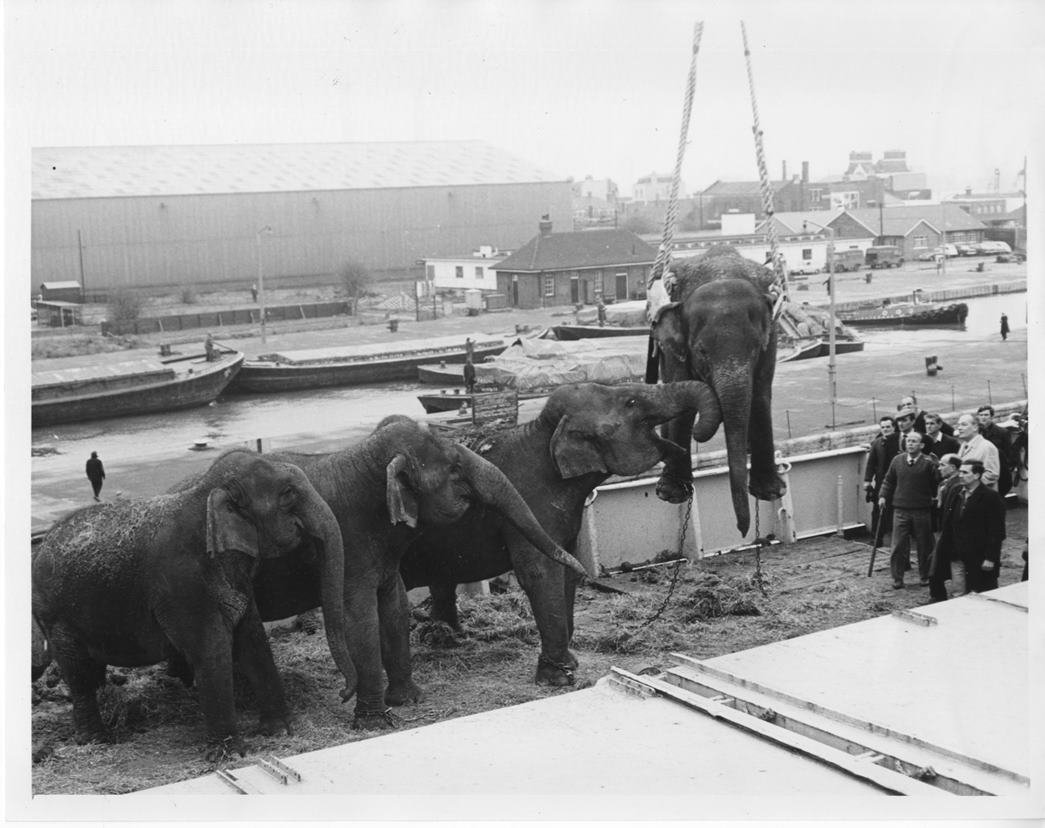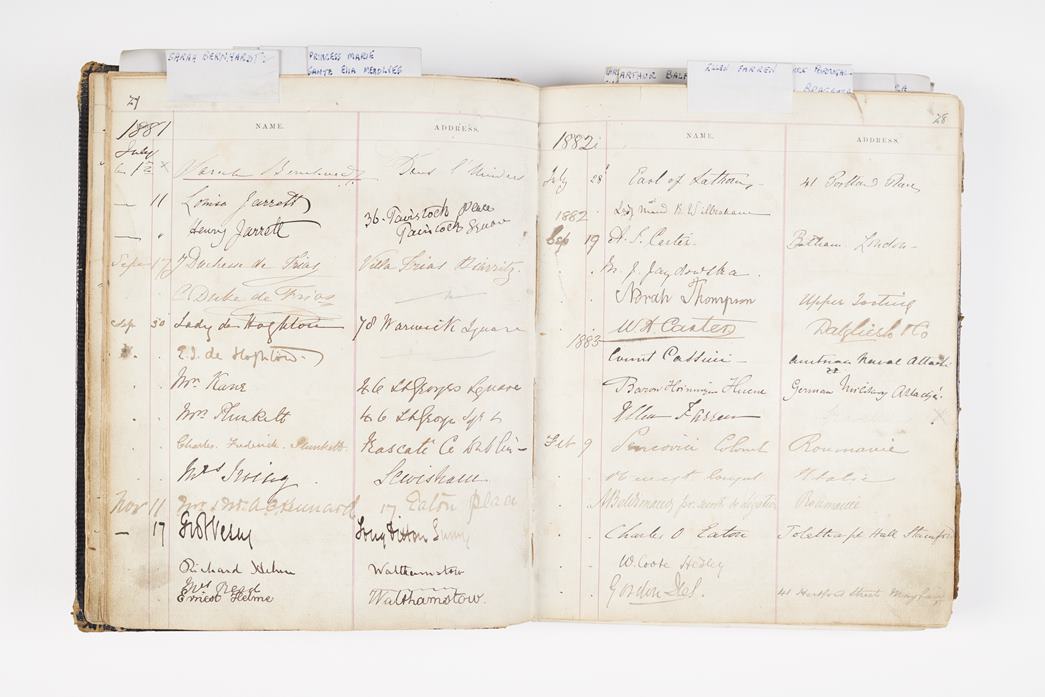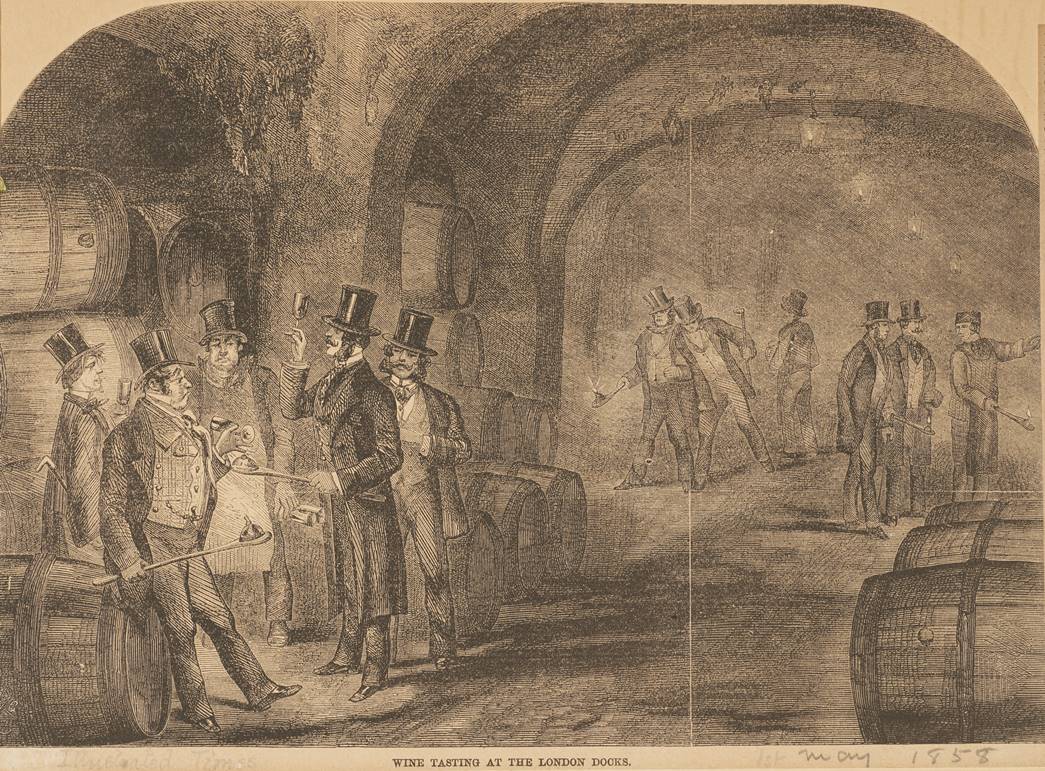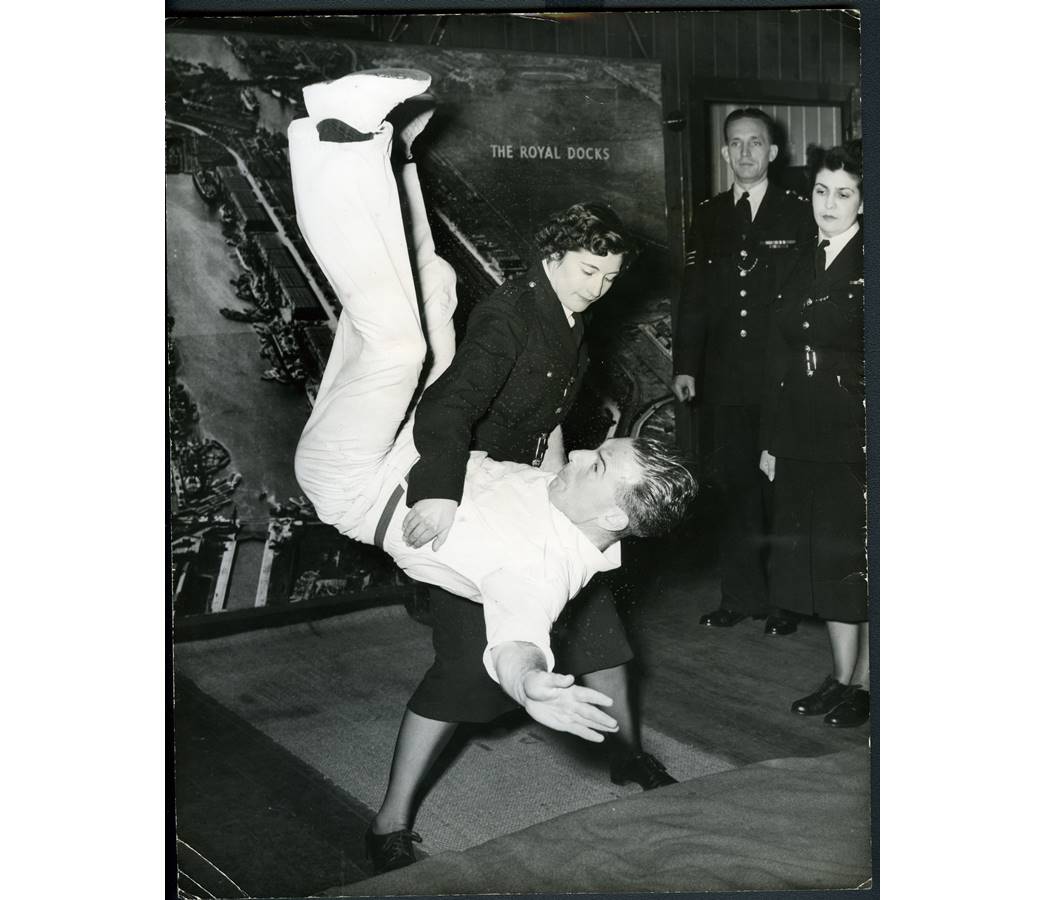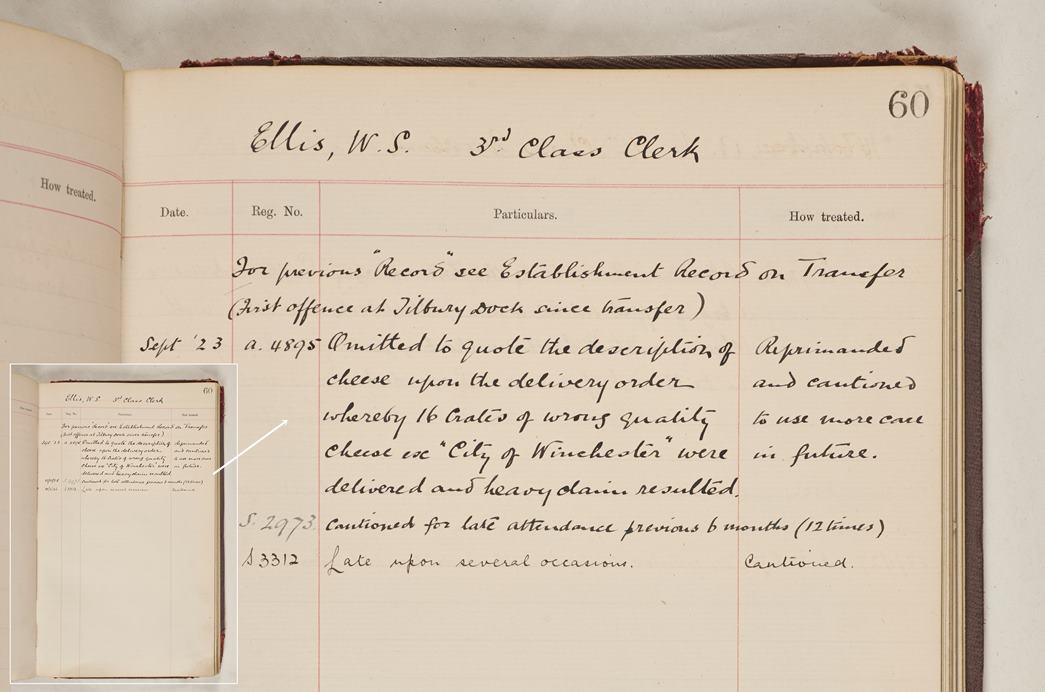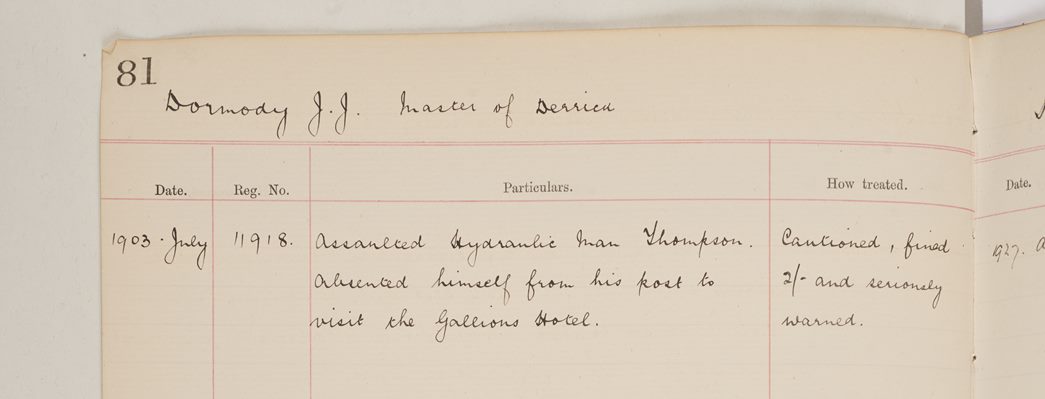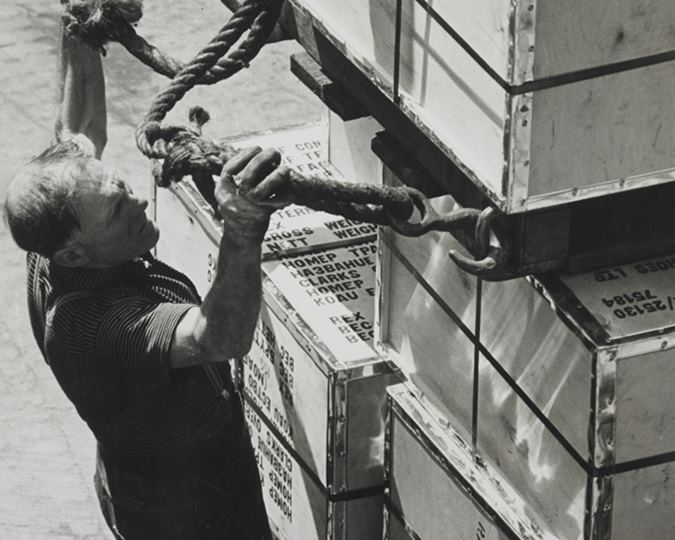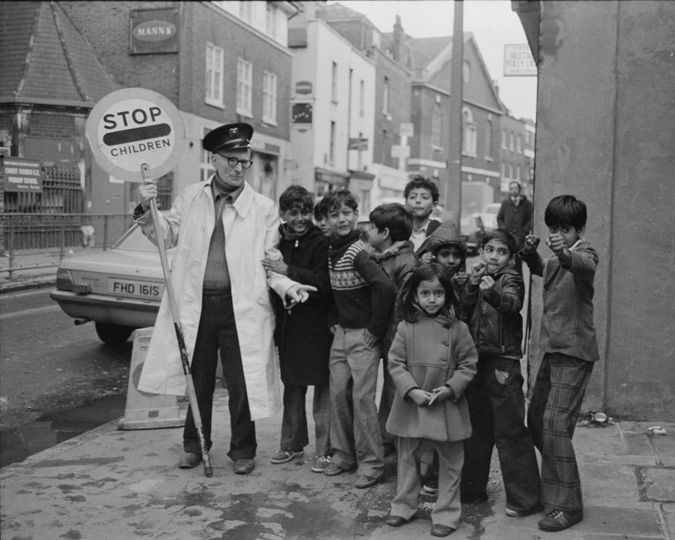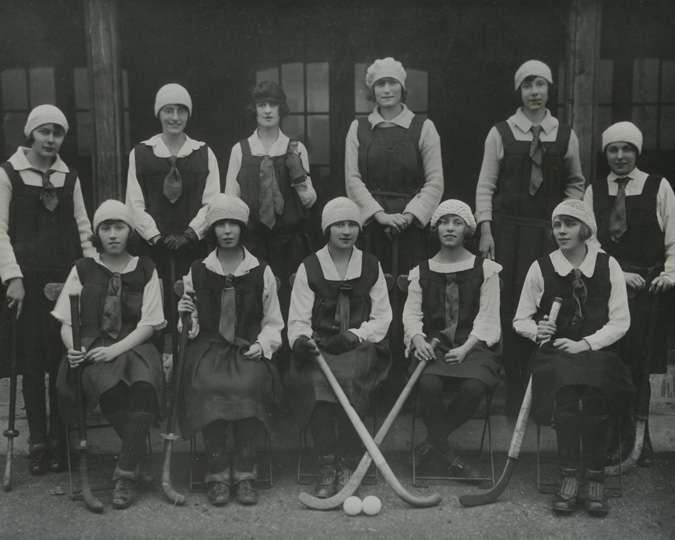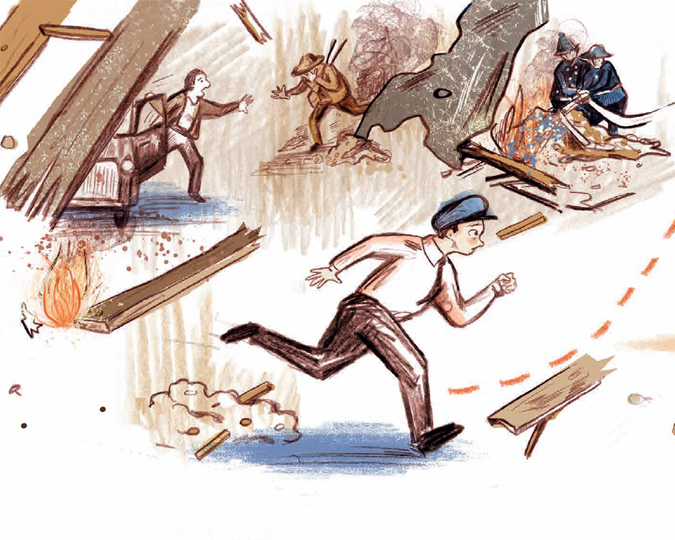Museums are full of amazing objects exhibited in the galleries, but unbeknown to many, they also house a number of archive collections — much of which are stored behind the scenes. These collections largely consist of records and documentary material which help us uncover hidden but fascinating stories buried deep in paperwork! Here we put the spotlight on some such documents that showcase interesting aspects of London’s docklands and its inner workings, ranging from clandestine wine tastings to a special female police force.
Whether you live in London, or visit every now and then, it is easy to forget that the Port of London is a major UK port, handling over 45 million tonnes of cargo a year! Not so long ago those operations could be seen in the heart of London and its East End. The story of the docks begins in the late 18th century as pressure mounted to make trading goods through London more efficient and more secure. Opening in 1802, the West India Docks were the first to operate from the Isle of Dogs. Development throughout the 19th century saw docks opening from Tower Bridge, to Tilbury in Essex. The final dock to be opened was the King George V Dock in 1921, part of the group known as the ‘Royals’, located in the borough of Newham; and so named because of their naming after royal family members. These docks shaped our city — geographically, economically and culturally.
Whilst the docks still operate at Tilbury, those up river were closed one by one all through the 1960s, ’70s and ’80s, and the landscape we are more familiar with today began to emerge. However, evidence of their industrial past exists both in place and at the Museum of London Docklands, which holds extensive object and archive collections reflecting this. The archive consists of documentary evidence that gives an insight into how the docks were built, operated, managed and staffed.
The archive of the Port of London Authority (PLA) is one such resource, and offers an incredible opportunity for learning about the docks. With over 5,000 boxes of documentation, more than 1,000 minute books and nearly 50,000 plans and engineering drawings, the museum is still in the process of cataloguing it all, and finding ways to make it accessible.
As an archive, most of the collection is paper based, but there are some special objects, such as films and photographs. Here are a few treasures, oddities and noteworthy items to give you a taste of the archive — some you can see in our galleries, some in our exhibitions, but most are currently safely kept behind the scenes in our climate-controlled store.
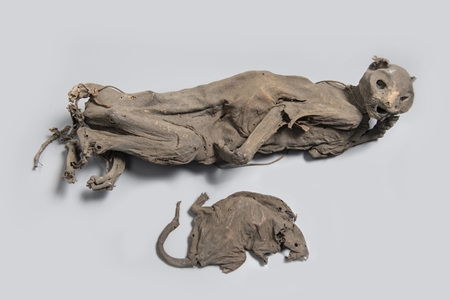
Mummified cat and rat on display at the Docklands museum, Port of London Authority Archive (ID no.: PLA/LSKDC/6/1)
Timeless ‘friendship’
Affectionately nicknamed ‘Tom and Jerry’ by some, the two
creatures were found in the vaults at London docks in the 1890s. Cats were used
as part of the efforts to control pests around the docks, and this one and his
prey got stuck between bottles of quicksilver (mercury). The environmental
conditions led to mummification, and conservators at the museum have suggested
either very hot or very cold conditions could’ve caused this. Our cat and rat
have remained together since they were found, and can be seen on display at the
Museum of London Docklands.
Bye, Bye, Jumbo!
Tom and Jerry are far from the only animals to have a deep connection with the city’s docks. As the centre of trade for London, lots of animals were transported through the docks, and some of the more unusual moments are captured in our collections. Here are two examples — one from the 19th century and another from the 20th century — showing elephants being moved through the docks.
Jumbo had been a major attraction at London Zoo, but in 1882 he was sold to PT Barnum, an American circus owner, and The Illustrated London News documents his move to the US. In another picture, four elephants are also seen travelling out of the UK, back to South Africa following a tour of the UK with Chipperfield’s Circus.
Even when there weren’t unusual cargoes being delivered, the docks proved a draw for many. Of course, visitors came to the docks to work, to do business and to travel, but others came for leisure.
VVIP visitors
Not everyone would rush to go and take a look around a modern warehouse, although no doubt the operations are impressive. The town warehouses belonging to the East and West India Company (and later the PLA) received visits from a variety of people, and not just those on business. A visitor book was kept to record their names for posterity. Some of those names remain familiar to us today, such as the actress Sarah Bernhardt in 1881, Poet Laureate John Masefield in 1914, and members of the Royal Family such as Queen Mary in 1927.
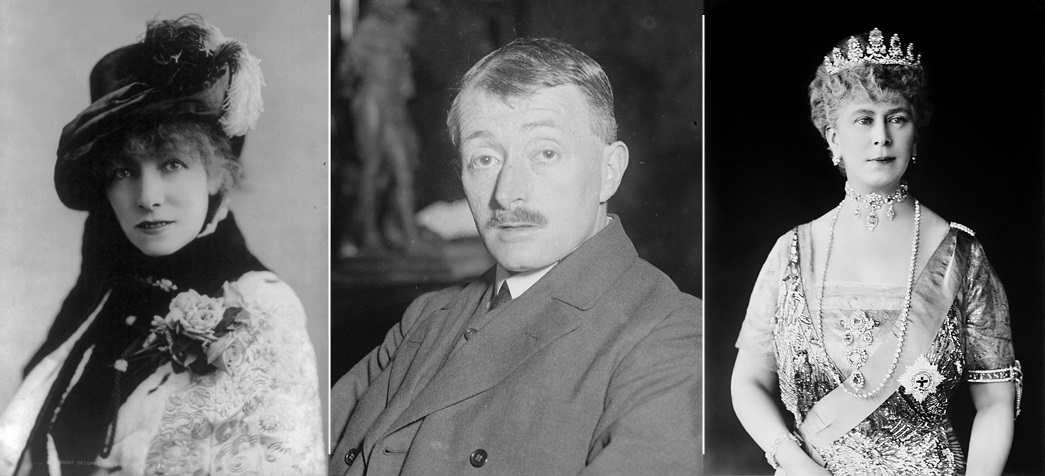
Sarah Bernhardt (left), Poet Laureate John Masefield (centre), and members of the Royal Family such as Queen Mary (right) are some of the celebrities who have visited the docks over the centuries. (Courtesy: Wikimedia Commons)
Let the wine flow (unofficially!)
The docks also saw visitors partaking in wine and spirit tastings. Although alcoholic products could be shipped through any of the docks, the London docks in Wapping was a hub for this trade. A newspaper article from 1858 depicts a wine tasting in the vaults.
The tasting had two purposes, on the one hand it could be used by the merchants to encourage buyers, on the other, holding it in the docks also meant the merchant could share the wine before any tax was paid on it! As an illustration from The Illustrated London News shows, this tended to be well-connected gentlemen who were able to access the docks, and had the help of a cooper to access the wines. Another colourful illustration by George Cruikshank in 1821, shows Jerry Hawthorn, Esq. “tasting Wine from the Wood at the London Docks” with his friends.
In The History of the Port of London, author Peter Stone notes that dock employees and even seamen also enjoyed the odd tipple from the wine vaults. This isn’t specifically recorded in the archive of the London Dock Company, so perhaps we are safe to assume the tastings were “unofficial”.
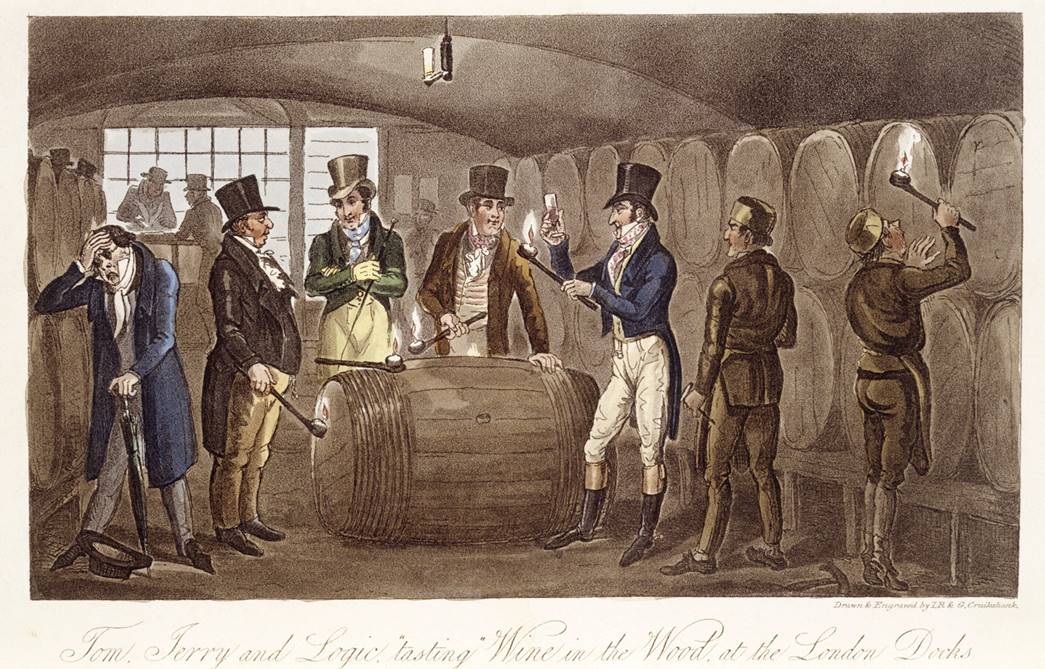
Tom Jerry and Logic tasting Wine from the Wood at the London docks. An illustration by George Cruikshank from 'Life in London: or, the day and night scenes of Jerry Hawthorn, Esq., and his elegant friend Corinthian Tom, accompanied by Bob Logic, the Oxonian, in their rambles and sprees through the Metropolis'. (ID no.: 001759)
She-force
Security at the docks was extremely important for obvious reasons. In fact, the docks themselves were partly developed in response to concerns around theft from boats and the legal quay system that existed prior to the construction of the dock systems.
Each dock company maintained its own force. They are, occasionally, incorrectly confused with the Thames Marine Police, the earliest police force to be established in 1798 and later incorporated into the Metropolitan Police in 1839. The first of the dock company force was founded in 1802 to secure the West India Docks, and — unlike the Thames Marine Police — the docks’ forces remained in private hands, until being amalgamated into the PLA in 1909. Tilbury Docks, as the only dock still in operation, has a dedicated force to this day!
The museum’s archive has a small collection of records and photographs of the PLA Police. We even have a few objects, including police truncheons. A photograph in the archive shows PLA’s first female recruits taking part in martial arts training in the 1950s.
All ‘funny’ business!
Other examples of how the PLA kept the docks in order come from Discipline Books. These books outline the dock workers’ offences, and punishments received. They cover the seemingly mundane to rather more serious incidents, everything from weighing errors to assaults are recorded on these pages. Think of them as the naughty list of the docks, where misdeeds range from stealing a cycle, miscounting and even skylarking!
This entry from 1923, sees a third-class clerk being ‘booked’ for incorrectly describing the cheese delivered, which resulted in 16 crates of cheese no one wanted! No doubt this proved to be an expensive mistake for the PLA. While this man got off with just a reprimand (despite being late for work “on several occasions”) it wasn’t unusual for fines to be issued to deter future mistakes. In extreme cases, they might be even demoted.
An earlier example from 1903 highlights a more serious offence, recording an assault by an operator of a lifting device (known as a derrick) on a hydraulics man. In this case, the offender was ‘cautioned, fined 2/- and seriously warned’. The assault wasn’t all though, he also left his post in order to visit the Gallions Hotel at the Royal Docks!
These items — and the stories connected with them — offer just a tiny glimpse into the PLA Archive. So the next time you’re walking across the galleries at the Museum of London, or any museum for that matter, spare a thought for the boxes and boxes of information stored back-of-the-house — the archive — which give context to the museum objects you see, revealing the details of how institutions such as the Port of London operate on a regular basis, and offering researchers and visitors a unique insight into its history.








